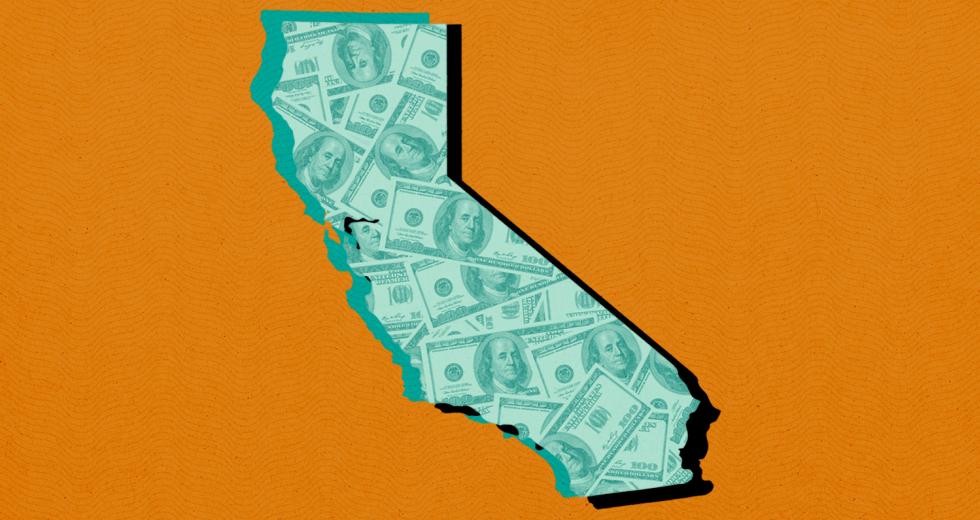California is now the fifth-largest economy in the world. As a global leader, we have some of the best minds tracking our budget and finances, but there are few third-party groups that focus on objective analysis of our state’s finances. In fact, there is currently no independent voice in the state budget discussion from those who pay for those programs — California businesses and residents.
Both the California Department of Finance and California Legislative Analyst do an excellent job of providing informed, intelligent and, in the case of the Legislative Analyst, impartial analyses on our current financial health. Outside of those organizations are groups like The California Budget and Policy Center, which is funded by groups and organizations that receive, or whose members’ salaries are supported by, state funding.
The California Business Roundtable is working to change that. As a nonpartisan, data-driven organization, we are embarking on a new venture that will add a business voice to the budget discussion. In 2012, CBRT launched the Center for Jobs and the Economy, a nonprofit organization that provides critical data on key economic indicators to track the state’s economic health. Now, in 2019, we want to connect those indicators to the state’s budget process and educate business leaders on the impact budget policies have on the taxes they pay, the costs being paid by their employees and the overall economy.
Currently, there is no consistent variable used to track and report state revenue. If you want to know a simple question, such as how much money the state takes in each year, you’ll get a series of different responses depending on who you ask. The state budget is segmented in a way that allows different people to use different numbers when talking about state finances. This has allowed interest groups to deflate or inflate the state’s financial picture to fit their needs.
Let’s break down the question of how much money the state takes in every year. Do you simply count general fund revenue? Then the answer is $146 billion. Do you also count special fund dollars? Then the number climbs to $202 billion. But there’s another $105 billion we take in from the federal government in the form of pass-through dollars. That brings total state revenue to a whopping $307 billion this year. But there is even more revenue coming in from other sources. The cap-and-trade fund, which is paid for by businesses to reduce greenhouse gas emissions, currently has $1.5 billion in unspent money. And there is still a yet-to-be-determined amount of bond funding that the state will have at its disposal this year.
But even those numbers don’t tell the whole picture. When looking at the budget, trends are equally important. Since the end of the Great Recession (FY 2010-11), general fund revenue is up 56 percent. But special fund revenue — fees and other revenue dedicated to specific programs or services — is up a whopping 94 percent in that same time. Much of that increase has come in the form of higher fees paid by businesses and residents, including increased court fees, vehicle licence fees and AB 32 (Global Warming Solutions Act) administrative fees. Many of these fees were passed when the state was trying to right the fiscal ship, but none have been rescinded since we have entered this period of significant economic growth.
What’s more, the unspent balance in all special funds is expected to total $32.8 billion this year, while there is a projected $19.4 billion in all general fund reserve accounts, including $15.3 billion in the state’s Rainy Day Fund. And yet, with all of this new revenue and with projected continued economic growth, spending is expected to outpace revenue in just a few short years. In FY 2022-23, the state anticipates a general fund deficit — and that is without any new major spending proposals passed by the Legislature. Gov. Gavin Newsom has already outlined an ambitious agenda that will require tens — if not hundreds — of billions of dollars in new revenue spending.
The governor is the most important elected official to discipline spending. During his budget press conference earlier this year, Newsom prudently proposed modest increases in ongoing funding, choosing instead to use one-time funding allocations to build roadmaps for some of his most ambitious plans. However, these one-time funds are down payments on what will have to be tens to hundreds of billions in revenue increases from yet unidentified sources.
This will be a critical time for the business community, which will need a strong voice in shaping the budget debates on these issues. The revenue demand is coming, whether it’s from the existing looming deficit or as a result of new and expanded state programs. In fact, we have already seen the push for new and higher revenue from both special interests and the governor. The Business Roundtable is helping lead the effort to oppose the $11 billion split roll property tax increase on the November 2020 ballot. And the Newsom administration has already floated a number of new and higher taxes, including “tax conformity,” which could net $2 billion in new revenue, primarily from the business community. A higher payroll tax, water tax and 911 emergency tax have also been discussed.
The Center for Jobs and the Economy is working toward developing a unique, easily consumable one-stop website where businesses and the public can get something not available right now — a better picture of all state finances, especially how decisions made in Sacramento impact businesses, their ability to compete nationally and globally, and the costs their employees pay every day. We want to provide clear answers on revenue and draw a better connection between revenue and expenditures to identify revenue pressures and increase transparency in state spending. We look forward to working with our partners in the business community to make this budget center a reality this year.



